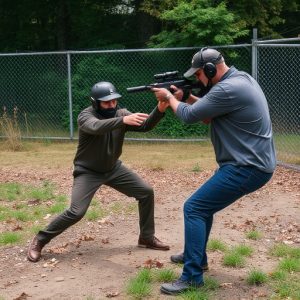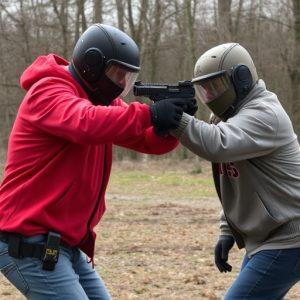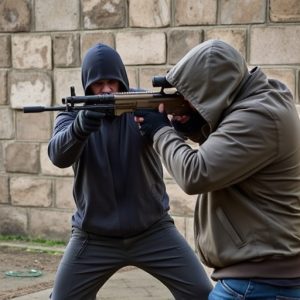Weather-Resistant Stun Guns: Safety, Science, & Real-World Use
Weather-resistant stun guns deliver high-voltage, low-current pulses that disrupt nerve impulses, ca…….
Weather-resistant stun guns deliver high-voltage, low-current pulses that disrupt nerve impulses, causing temporary neuromuscular incapacitation (loss of balance, disorientation, spasms) without causing permanent harm. Key features for optimal performance include robust water resistance (IP67+), high voltage output (5,000-12,000 volts), and smart chip circuitry. Reputable manufacturers adhere to industry standards and certifications (IEC, UL, CE), ensuring durability and safety through rigorous testing in extreme conditions. These stun guns are invaluable for self-defense, law enforcement, and search & rescue due to their consistent performance in wet, cold, or harsh environments.
In today’s diverse and unpredictable environments, weather-resistant stun guns have become essential tools for personal safety. This article delves into the science behind stun guns and their effects on the nervous system, exploring key features to look for in models designed to withstand harsh conditions. We’ll discuss testing standards, real-world applications, and considerations, empowering readers with knowledge crucial for making informed choices regarding weather-resistant stun gun models.
- Understanding the Science Behind Stun Guns and Their Effects on the Nervous System
- Key Features to Look for in Weather-Resistant Stun Gun Models
- Testing and Certification Standards for Ensuring Safety and Effectiveness
- Real-World Applications and Considerations for Weather-Resistant Stun Guns
Understanding the Science Behind Stun Guns and Their Effects on the Nervous System

Stun guns, also known as electronic control devices (ECDs), work by delivering a powerful electric shock to disrupt the nervous system’s normal functioning. When activated, the stun gun generates a high-voltage, low-current electrical pulse that interferes with nerve impulses and muscle contractions. This sudden jolt of electricity temporarily paralyses the target, providing the user with an opportunity to escape or disable their assailant.
The impact of a stun gun on the nervous system is swift and powerful. It can cause neuromuscular incapacitation, leading to loss of balance, disorientation, and muscle spasms. The shock disrupts the electrical signals transmitted through neurons, resulting in a brief but intense sensation of pain and a temporary shutdown of voluntary muscle control. This disruption is non-lethal and reversible, with victims typically regaining consciousness and mobility within minutes after the stun gun is turned off.
Key Features to Look for in Weather-Resistant Stun Gun Models
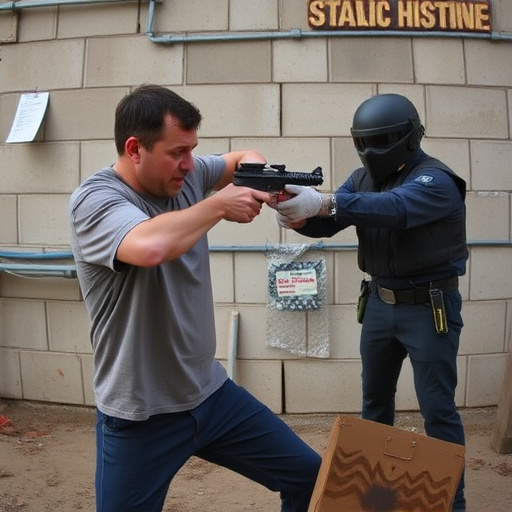
When considering weather-resistant stun gun models, several key features stand out as essential for reliability and safety in various environmental conditions. Look for devices equipped with robust water resistance ratings, such as IP67 or higher, ensuring protection against dust, dirt, and submerging in water up to certain depths. This feature is crucial as it allows users to employ the stun gun in wet or humid environments without fear of damage or reduced performance.
Additionally, focus on models that deliver a powerful jolt capable of neutralizing an assailant effectively. The stun gun’s ability to disrupt an individual’s nervous system, causing temporary paralysis and disorientation, is vital for self-defense. Advanced technologies like high voltage output (typically between 5,000 to 12,000 volts) and smart chip circuitry that adjust the charge based on body size ensure consistent stun gun effects on the nervous system, maximizing safety and efficacy in any weather condition.
Testing and Certification Standards for Ensuring Safety and Effectiveness
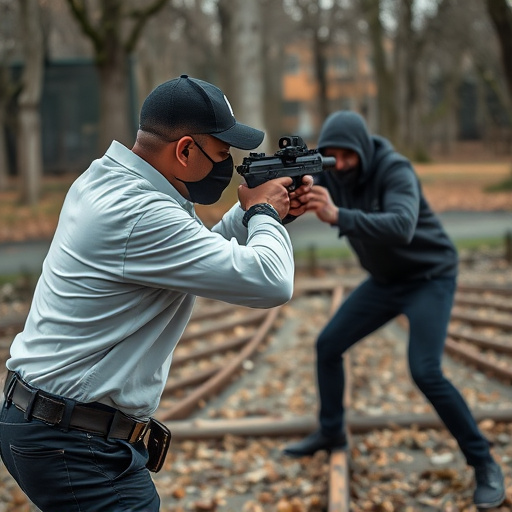
When evaluating weather-resistant stun guns, understanding testing and certification standards is crucial for ensuring both safety and effectiveness. Reputable manufacturers adhere to stringent industry standards, such as those set by the International Electrotechnical Commission (IEC), which detail specific procedures for testing stun gun performance and durability. These tests often involve subjecting the devices to extreme weather conditions, including high temperatures, cold snaps, humidity, and even submersion in water, mimicking real-world scenarios.
Moreover, certification bodies like UL (Underwriters Laboratories) or CE (Conformité Européenne) assess the stun gun’s safety features, particularly its electrical output and protection against accidental discharge. These certifications guarantee that the device’s energy levels are optimized for neutralizing threats without causing excessive harm, focusing on the stun gun’s effects on the nervous system. This meticulous process ensures consumers receive a reliable product capable of withstanding outdoor elements while maintaining consistent performance.
Real-World Applications and Considerations for Weather-Resistant Stun Guns
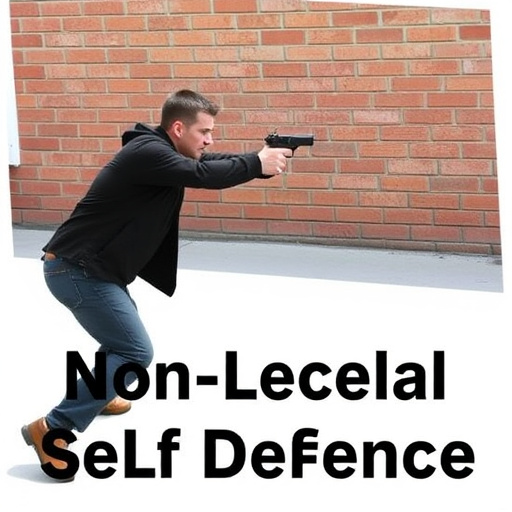
In practical terms, weather-resistant stun guns find their utility in various real-world scenarios, particularly outdoors or in harsh environments. These devices are designed to disrupt an individual’s nervous system, causing temporary incapacitation, which can be a powerful tool for self-defense, law enforcement, and even search and rescue operations. The ability to withstand varying weather conditions ensures that the stun gun remains reliable and effective when needed most.
When considering weather-resistant models, it’s crucial to understand how these devices combat the effects of stun guns on the nervous system. Stun guns work by delivering a high voltage electrical charge through the body, disrupting nerve impulses and causing muscle spasms. Weather resistance isn’t just about durability; it also involves protecting the internal components from moisture and temperature extremes, ensuring they function optimally during use. This is especially important as wet or cold conditions can potentially impact the stun gun’s performance and reduce its effectiveness in neutralizing a target.
When choosing a weather-resistant stun gun, understanding its effects on the nervous system and selecting models with robust features and certifications is paramount. These devices, designed to deter threats in adverse conditions, must balance effectiveness against durability. By adhering to testing standards and considering real-world applications, users can ensure they possess a reliable tool capable of neutralizing assailants while enduring outdoor elements. Prioritizing safety and quality ensures individuals remain protected, no matter the weather.
